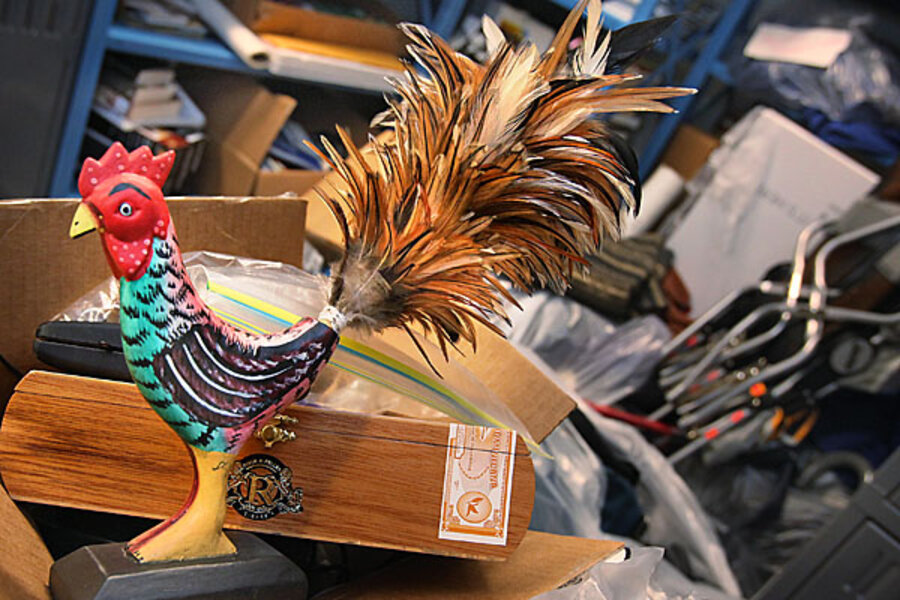What's missing from your home? An inventory
Loading...
Why do you have homeowners insurance?
The reason is, of course, to protect you in the event of a major disaster. If your house burns down or some other insured disaster befalls you, you’re going to want to be able to pay off that mortgage and rebuild, right?
Getting reimbursed for the structure of your home is straightforward. What’s tricky is getting your insurance to pay for all of the contents.
If you can’t provide a very detailed inventory, they’ll offer you an estimate. Most likely, that estimate will be low. After all, you can’t remember everything of value in your home, and they’re going to just assume the essentials.
When I look around our home, I see so many things that I’m sure I would forget in the event of a disaster. There are lots of little items with significant value – my card collection, for one. There are also the items that have deep sentimental value, like the painting by my great aunt that hangs over the fireplace or the painting by my great grandmother in our dining room or my oldest son’s handmade blanket that is his most treasured possession on earth.
If our house burns down, I want to be reimbursed as accurately as possible for everything. I want to be able to replace all of these things to the best of my ability.
The only way to do that is with a thorough inventory.
There are several different approaches to this task.
On one hand, you can videotape the contents of your home. Go from room to room, recording everything. While this isn’t a perfect inventory, it’s a pretty good one, and it doesn’t take all that long to do.
A much more thorough approach is to document everything with pictures. Photograph everything of value in your home and document those items. Write down serial numbers of items with serial numbers. In the digital age, this is much easier, as you can do all of this digitally. If you do this, be as clear as possible with locations of the items in your home.
For one-of-a-kind items, an appraisal is probably worthwhile, particularly if it has significant value.
When you’ve collected all of this material, you should store at least one copy in an off-site location such as a safe deposit box at your local bank. This way, if your home is destroyed, you have all of the material for insurance purposes.
This material will ensure that you get an accurate payout in the event of a disaster. Without it, you’ll be relying on insurance company estimates, and those are likely to be low. Protect yourself and do an inventory.
This post is part of a yearlong series called “365 Ways to Live Cheap (Revisited),” in which I’m revisiting the entries from my book “365 Ways to Live Cheap,” which is available at Amazon and at bookstores everywhere.








